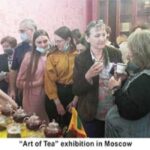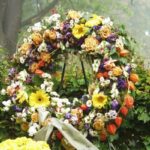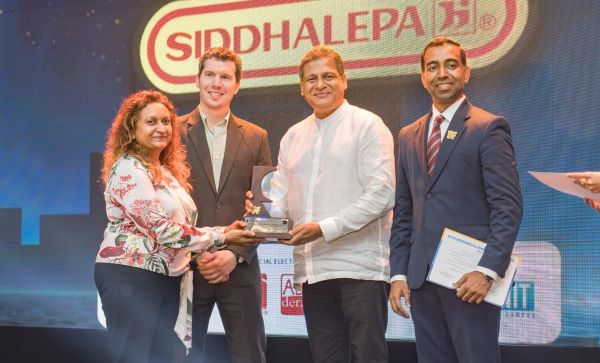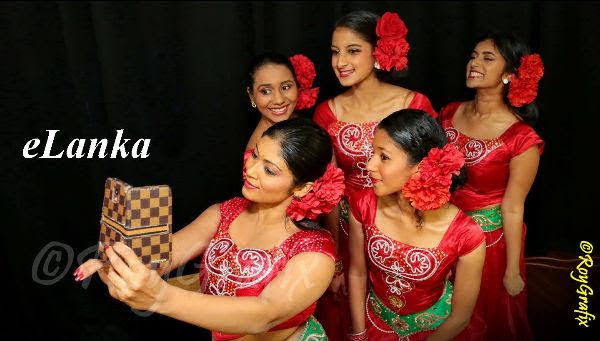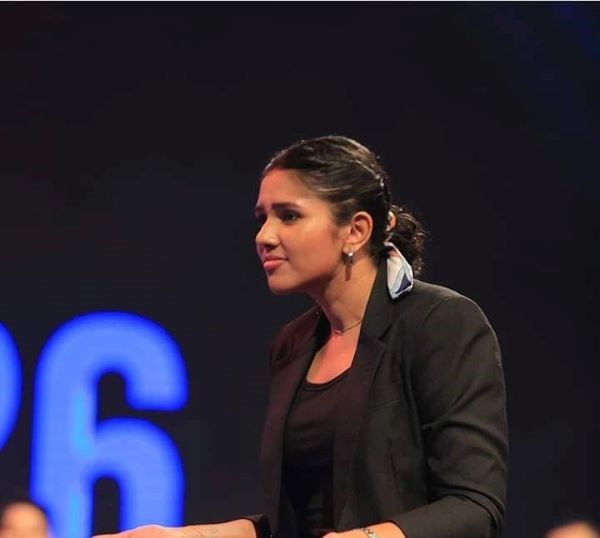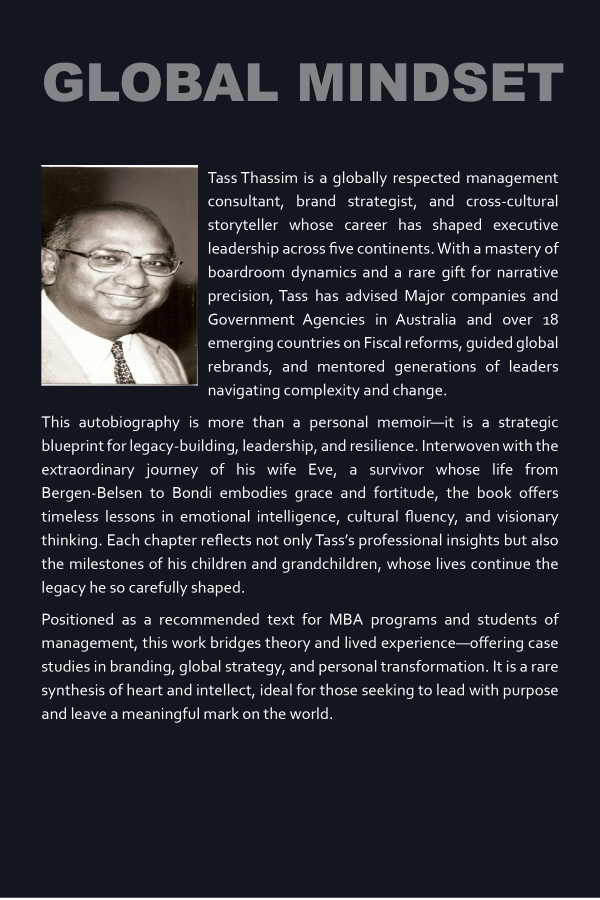Mandarin and Tamil – A historical perspective-By Dr. Nirmala Chandrahasan
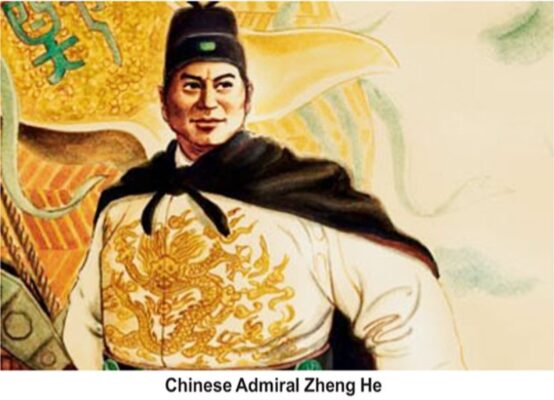
Source:Island
The recent discovery of name- boards in public institutions which have omitted one of the national languages, namely Tamil, only to replace it with Mandarin Chinese has caused a furor with Tamil members of Parliament and other politicians voicing their protests. Certainly, this is most unfortunate but rather than blame the Chinese it is the Government Authorities in charge of the implementation of the Official languages policy who should be blamed. They have been remiss in this instance which is only a small part of the general malaise in respect of the implementation of the official languages policy. This however is not within the remit of this article. In this article, I would like to focus on another trilingual inscription on a stone tablet stele, left by the Chinese Admiral Zheng He, and dated 15th February 1409, in Sri Lanka. It was originally inscribed in Nanjing in China itself and discovered in 1911 in Galle, and now preserved in the Museum in Colombo. This stone tablet with inscriptions in Chinese, Persian and Tamil signals the arrival of the Chinese fleet and invokes the blessings of Buddha and the Hindu God Vishnu whom the inscription mentions as “Thenavaran Nayanar” and refers to an endowment that Zheng He, had presented to the Vishnu Devale at Devinuwara and to a Mosque. Prof. Sasanka Perera in a very interesting and historically researched article titled “Veera Alakeshvaras Phlight signals from the past,” published in The Island of 28th April 2021, to which I am indebted, refers to this inscription as a “Subtle but obvious way of appealing to the socio political sensibilities of large and important communities in The Island at the time”. So it would appear that the Tamils were an important community in the island at the time. Sinhala does not feature in the inscription. Veera Alakeshwarar’s clash with the Chinese which I refer to in my article is part of the historical perspective which I wish to draw attention to. It has many lessons for the present , and brings to light the Chinese presence in this country many centuries ago.
To continue with the purpose of Admiral Zheng He’s naval journey, it was part of what was known as the “Ming Treasure voyages”. To quote Prof. Perera, the seven voyages under this naval scheme took place between 1405 -1433 AD and was the brainchild of the Ming Emperor Yongle. These voyages were undertaken to expand China’s military, political and commercial Authority across the oceans and to find local allies and establish Chinese spheres of influence in different parts of Asia, parts of the Middle East and places like Mogadishu and Mombasa in Africa. Before arriving in Sri Lanka Zheng He’s fleet had visited other south east Asian countries where also steles were left behind. All these interventions were made to ensure the stability of maritime routes for Chinese vessels. This is very much in line with what is happening today, with the Chinese “Belt and Road initiative”. The Chinese of that era were aware of the Tamil language and culture both because of the maritime traditions of the Tamils during the era of the great Chola empire but also because Tamil Buddhist monks from Kancheepuram had brought Buddhism to China. The Chola empire in South India which held sway over Sri Lanka also included parts of south east Asia , and had a large maritime fleet and merchant navy. Furthermore, Tamil traders and merchant guilds were active in the Indian occean and in south east Asia. With the decline of the Chola empire the seas were open for a new naval power and we find the Ming emperor making a strategic move.
To turn to Sri Lanka and Veera Alekeshvara’s encounter with the Chinese, I will have to go back in time to the Alagakkonara/Allagakone family, of which he was a member. This feudal family originally from Madurai or Kancheepuram in Tamil Nadu, settled down in Lanka and became very powerful in the Gampola Kingdom. The father of Veera Alakeshvara also known as Alakeshvara became a Minister in the Kingdom. He fortified a marshy region around the present city of Colombo and called the fortress he built there Jayawardenepura, and the area around became known as Kotte, (which means ‘fort’ in Tamil). From his fortifications he drove out the northern army of the Arya Chakraverti, who ruled the kingdom of Jaffna, and the tax collectors from this kingdom who were raiding the south western region. Thus, he came to overshadow king Vikramabahu I11rd of Gampola. Subsequently after some infighting with family members Veera Alakeshvara his son became king of the Gampola kingdom as Vijayabahu VI , and ruled from 1397- 1411 AD.
However, Veera Alakeshvara like some of our present China critics, was hostile to Chinese intentions in Sri Lanka and launched piracy attacks on the Chinese fleet in Sri Lankan waters with the help of some Muslim chieftains. As a consequence, Zheng He, left Sri Lankan waters as he had other ports of call, but returned to take revenge on Alakesvara. In 1410/11 Zheng He and his troops attacked Kotte and captured Veera Alakeshvara and his family together with other key political figures allied with him. He was taken as a prisoner to China. In the collected works of Yong Rong 1515, his capture is described as well as his subsequent pardon by the Emperor as follows “thus the August Emperor spared their lives and they humbly kowtowed making crude sounds ( a reference to their language) and praising the sage like virtue of the Imperial Ming ruler.” But this was not the end of the matter. As Prof. Sasanka points out regime change was the object, and Parakramabahu the Sixth ascended the throne. Chinese records reveal that the new king was chosen by Sinhalese emissaries present at the Ming Court, nominated by the Emperor and installed by Zheng He, using the Chinese military and naval power at his disposal, as a ruler more amenable to Chinas intentions. He created a political alliance with the Chinese that allowed expansive political projects such as the Ming Treasure fleet easy access to local waters as well as local political support.” It is also of interest to note that Sembagha Perumal alias Sapumal Kumaraya an ethnic Tamil and adopted son of Parakramabahu the Sixth subsequently conquered the northern Jaffna Kingdom and built the Nallur Kandasamy kovil in Jaffna and his exploits are commemorated by the poet Sri Rahula thera in the Kokila Sandesaya and the Selahini Sandesaya.
Aside from the sense of ‘deja vu’, which Prof. Perera remarks upon, Alakeshvarar’s story has many lessons for us today. We learn that the Tamil community in Sri Lanka was a powerful and respected one, hence the inscriptions in Mandarin along with Tamil and Persian. In the north the Kingdom of Jaffna under the Arya Chakravarti dynasty was as powerful as the other kingdoms and at that time was threatening kotte and even extracting taxes from regions in the South. Here too it was ethnic Tamils such as Alakeshvara senior who led the defense of the Kotte and Gampola kingdoms, and built Jayawardenapura, and it was Sembagha Perumal who later defeated the Arya Chacraverti and brought the Jaffna kingdom under the rule of Parakramabahu VI. The ethnic differences were subsumed, and Sinhalese and Tamils worked together as one people. The wars were for territory, with kings fighting kings and not between ethnic groups. It was only with the arrival of the western colonial powers starting with the Portuguese that ethnic differences surfaced, perhaps as a consequence of a divide and rule policy. Another lesson we learn is that the Chinese political presence i n the island is not something new. Furthermore Chinese trade was a key factor in the Sri Lankan economy as vindicated by the large collection of Chinese coins in Yapahuwe, which fact is adverted to in Prof. Perera’s article citing Prof. Sudarshan Senviratne. So, the resumption of Chinese political and economic activity in the island is not suprising. Chinese history records that after the great naval expeditions of Zheng He, there was a change in China’s policy and internal constraints made the Country turn inwards. It is now clear that China is resuming its old policy as evidenced by Admiral Zheng He’s naval expeditions, and is once again engaging in expanding its military, political and commercial authority across the globe vide the Belt and Road Initiative.
The Port City project in Sri Lanka is part of this grand design. The Port City project can bring benefits to Sri Lanka too, but it is the responsibility of the Sri Lankan Government and people to see that Sri Lanka’s interests are adequately protected and they cannot fault China for any short fall as every country looks after its own interests. In the context of the lessons we learn from the Veera Alakeshvara episode, Tamil politicians would be well advised to be more mindful when making protests at what they perceive to be Mandarin taking precedence over Tamil. We do not have to kowtow to the new Emperor in Beijing, and protests must surely be made when called for, but made courteously, recognizing that our cultures Tamil and Chinese, have co -existed enriching each other over many centuries as in the spreading of Buddhism by monks from the Tamil country, and the extensive trade as in the exchange of cotton goods for silk between the two civilizations. We have seen from the Galle Inscription that China gave the Tamil language pride of place in Sri Lanka at a certain point of time, and I may mention similar inscriptions have also been left by them in other south Asian countries. At that time Tamil was a language of commerce and trade in the Indian ocean region and the Tamil Kingdoms of South India were powerful entities. Similarly, the Persian language held sway for these reasons. Interestingly we learn from the Moroccan Traveller of the 14th Century, Ibn Batuta, who visited the kingdom of Jaffna, that the king Arya Chackraverti held control of the trade in pearls, had contact with foreign merchants and could speak Persian. It remains to be seen whether the Tamil language once again regains its lost position and the respect that entails. The Trilingual stele in Galle invokes the blessings of the Hindu deity the “Thenavaran Nayanar” Vishnu, for a peaceful world built on trade. For the present we have to recognize that China has come to stay as a power in the region, in a world built on Trade. We can be proud that two Asian nations India and China are emerging as the super powers of the 21st century and go with the trend giving due consideration to both countries in our political and economic policies.



